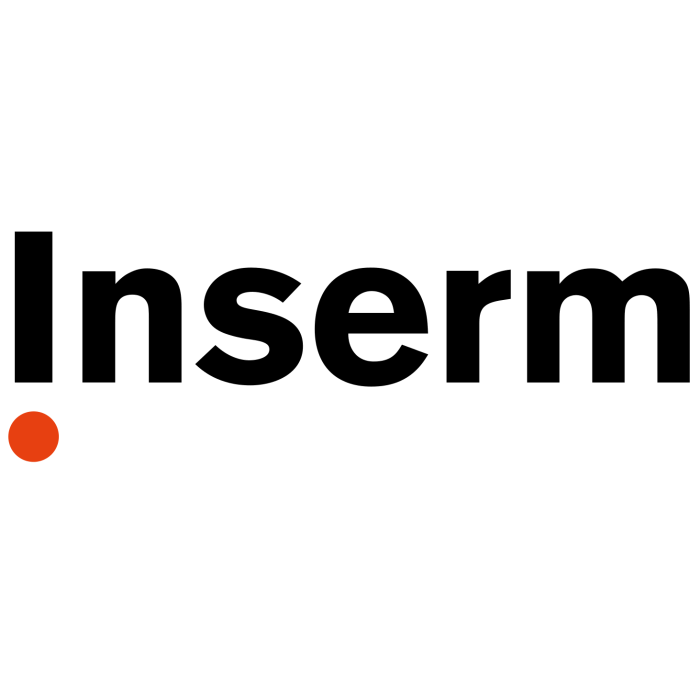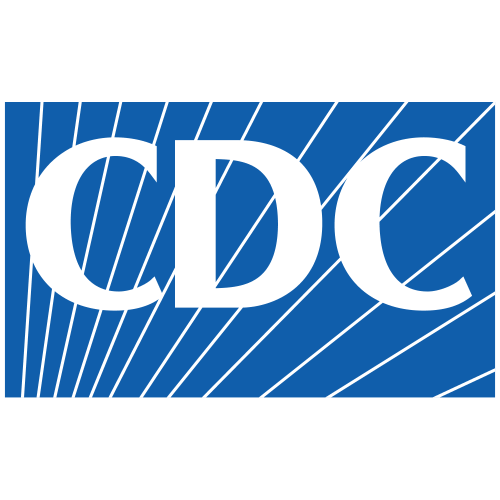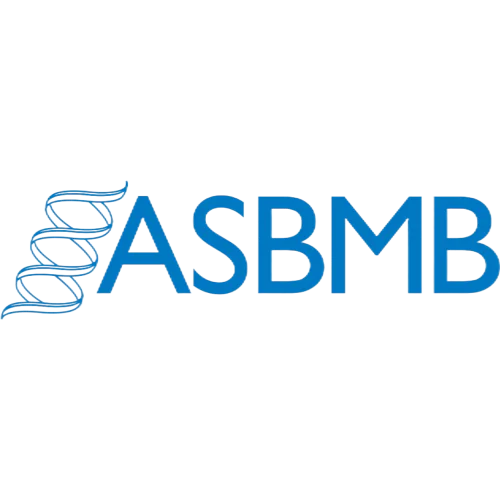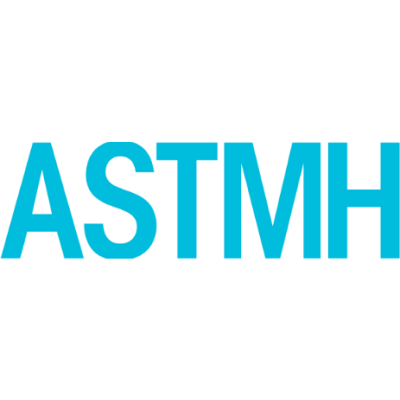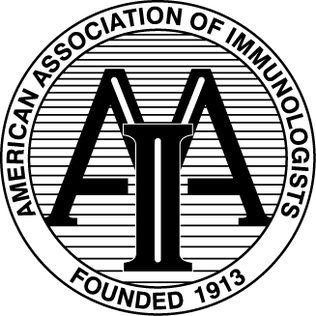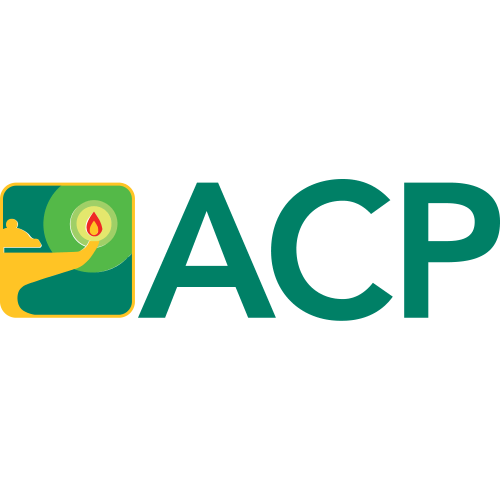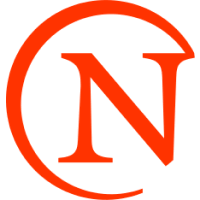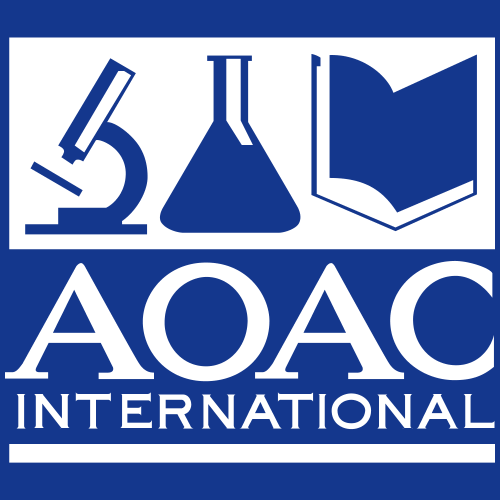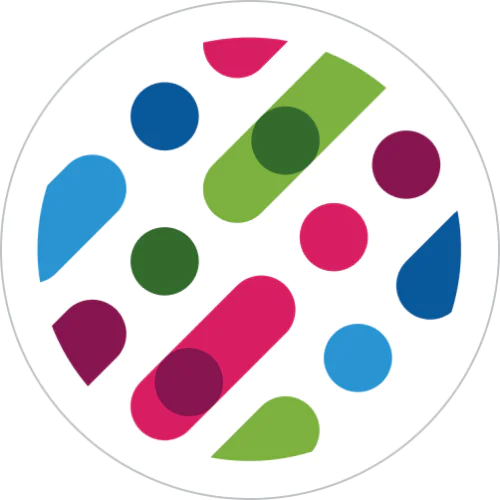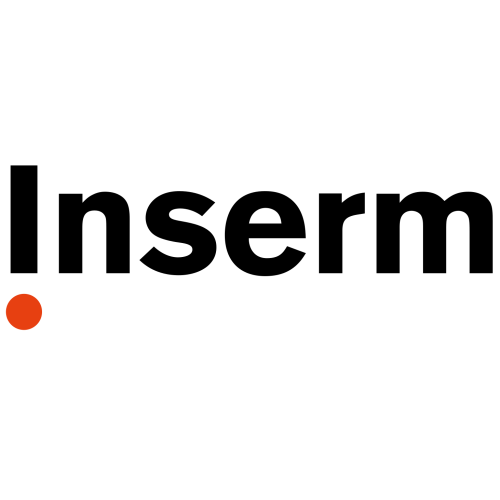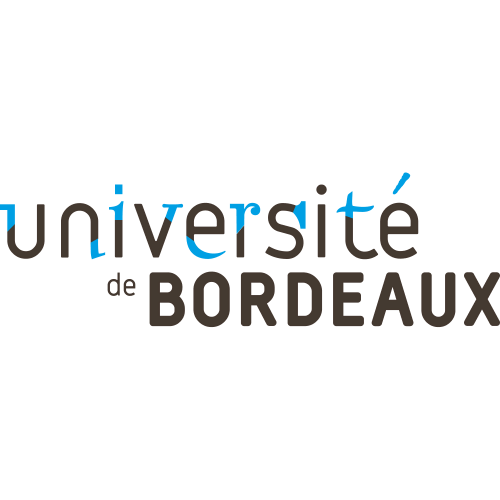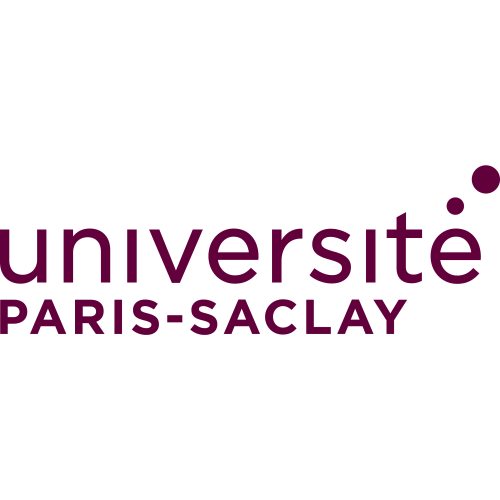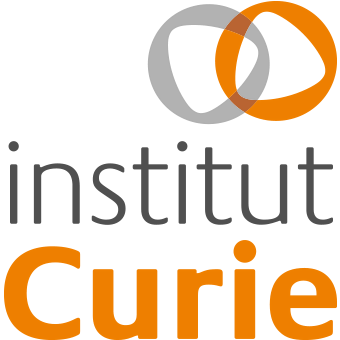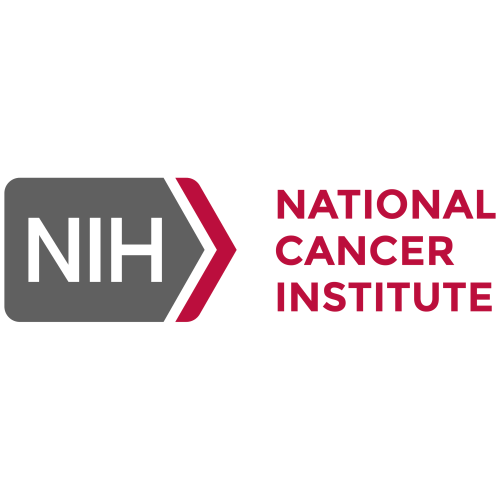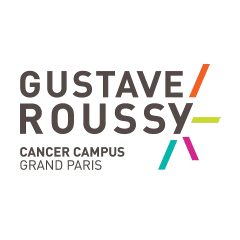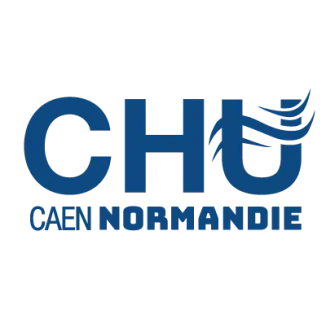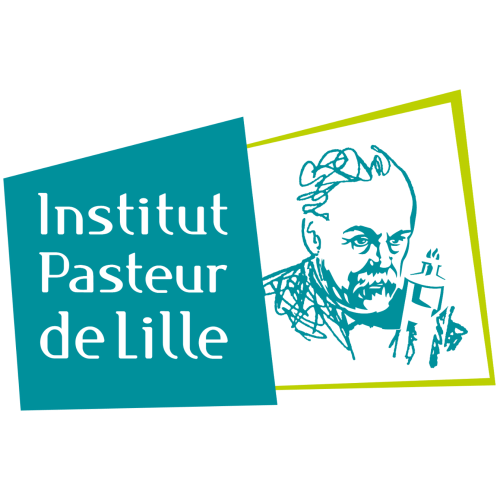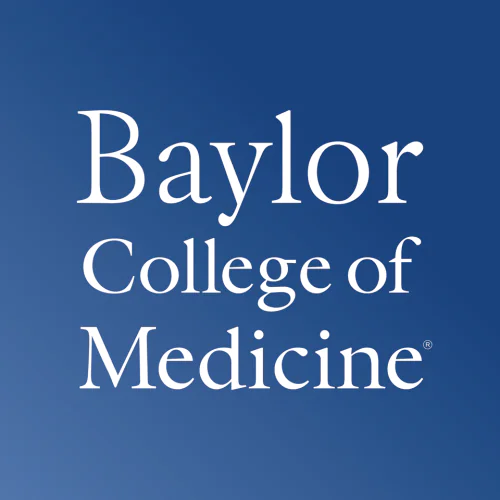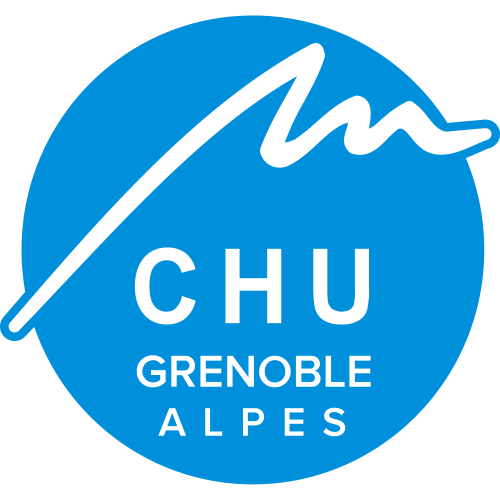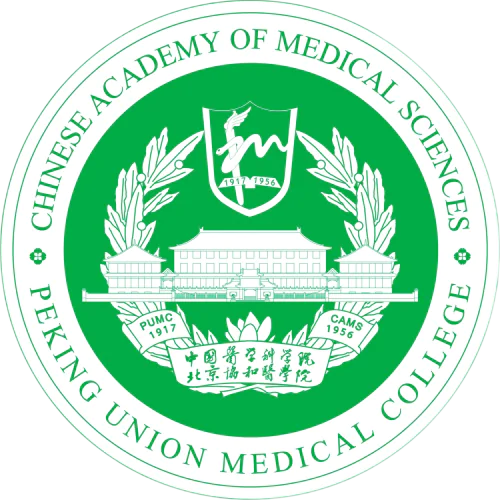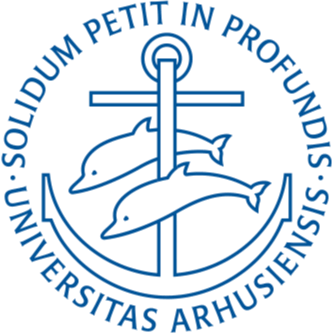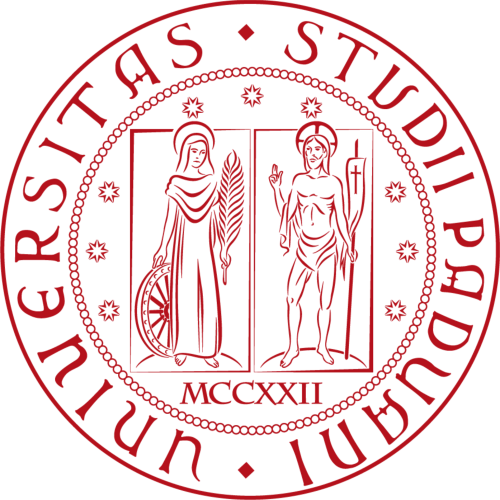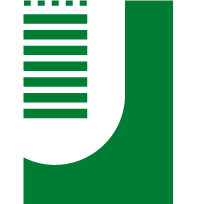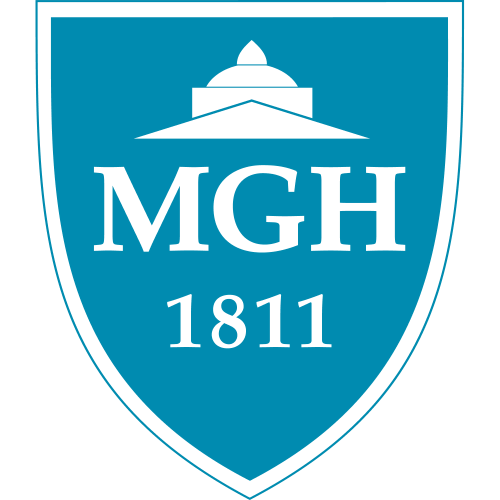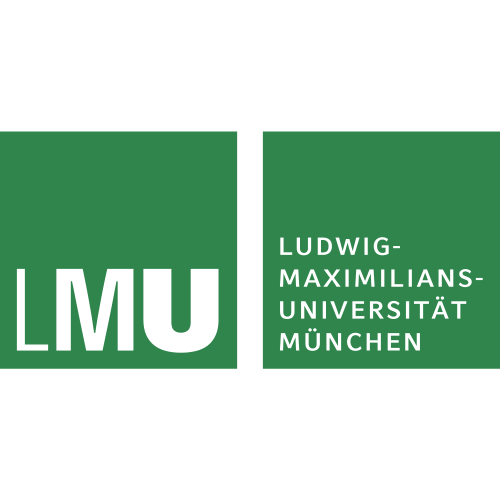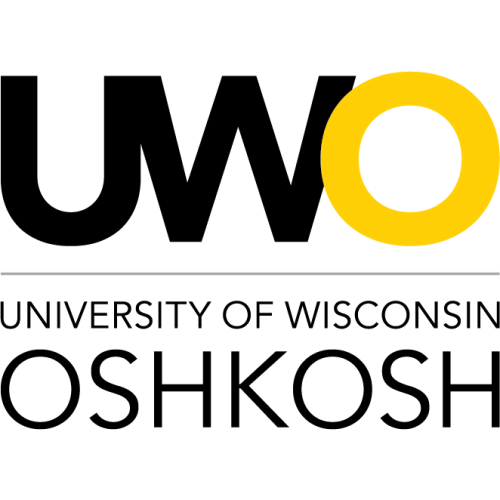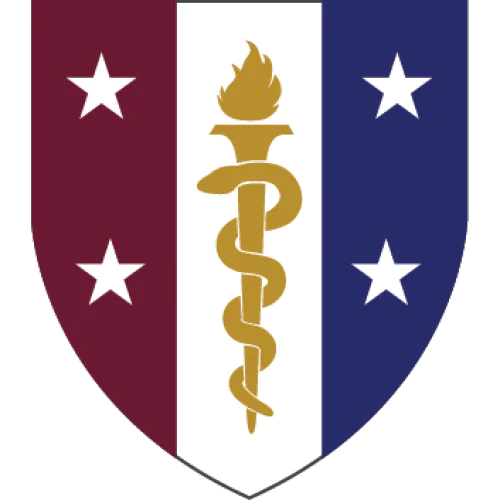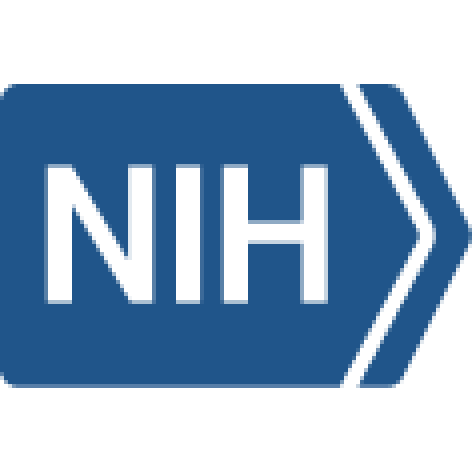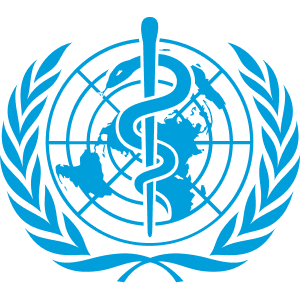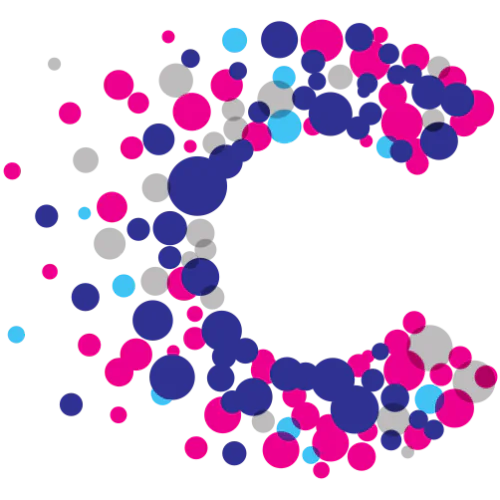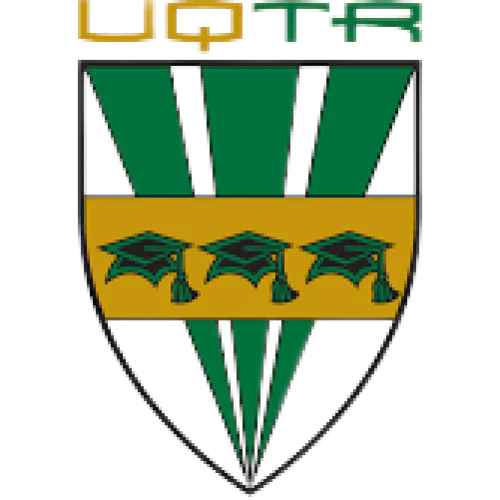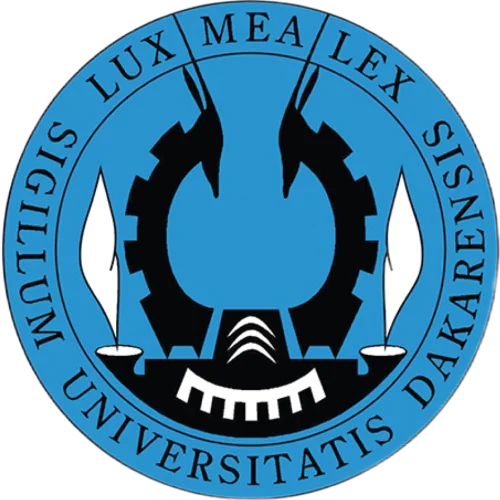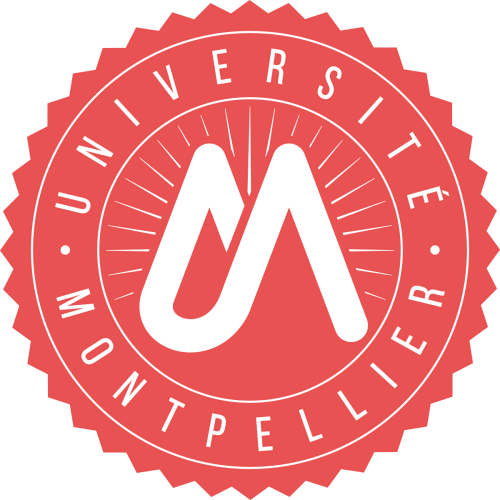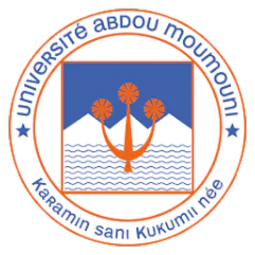|
|
|
|
Institut Pasteur
116 publications, 16.13%
|
|
|
French Institute of Health and Medical Research
41 publications, 5.7%
|
|
|
Institut Pasteur de Dakar
20 publications, 2.78%
|
|
|
Institut Pasteur de Bangui
15 publications, 2.09%
|
|
|
University of Bordeaux
12 publications, 1.67%
|
|
|
Université Paris-Saclay
10 publications, 1.39%
|
|
|
Université Laval
7 publications, 0.97%
|
|
|
Paris Cité University
5 publications, 0.7%
|
|
|
Yale University
4 publications, 0.56%
|
|
|
Harvard University
4 publications, 0.56%
|
|
|
Wistar Institute
4 publications, 0.56%
|
|
|
Centre Hospitalier Universitaire d'Angers
4 publications, 0.56%
|
|
|
Universite Libre de Bruxelles
3 publications, 0.42%
|
|
|
Pasteur Institute of Algeria
3 publications, 0.42%
|
|
|
Institut Curie
3 publications, 0.42%
|
|
|
National Cancer Institute
3 publications, 0.42%
|
|
|
Natural Environment Research Council
3 publications, 0.42%
|
|
|
Institut Gustave Roussy
3 publications, 0.42%
|
|
|
University of Hawaiʻi at Mānoa
3 publications, 0.42%
|
|
|
University of Rouen Normandy
3 publications, 0.42%
|
|
|
Centre Hospitalier Universitaire de Caen
3 publications, 0.42%
|
|
|
Université de Montréal
3 publications, 0.42%
|
|
|
King Saud University
2 publications, 0.28%
|
|
|
Sorbonne University
2 publications, 0.28%
|
|
|
University of Glasgow
2 publications, 0.28%
|
|
|
Pasteur Institute of Lille
2 publications, 0.28%
|
|
|
Institut Pasteur de Côte d'Ivoire
2 publications, 0.28%
|
|
|
Institut Pasteur de Nouvelle Calédonie
2 publications, 0.28%
|
|
|
Baylor College of Medicine
2 publications, 0.28%
|
|
|
Collège de France
2 publications, 0.28%
|
|
|
University of Maryland, Baltimore
2 publications, 0.28%
|
|
|
University of Pennsylvania
2 publications, 0.28%
|
|
|
Charles-Nicolle Hospital (France)
2 publications, 0.28%
|
|
|
Université Claude Bernard Lyon 1
2 publications, 0.28%
|
|
|
Centre Hospitalier Universitaire de Toulouse
2 publications, 0.28%
|
|
|
University of Upper Alsace
2 publications, 0.28%
|
|
|
Centre Hospitalier de Besançon
2 publications, 0.28%
|
|
|
D. I. Ivanovsky Institute of Virology
1 publication, 0.14%
|
|
|
Israel Institute for Biological Research
1 publication, 0.14%
|
|
|
Katholieke Universiteit Leuven
1 publication, 0.14%
|
|
|
Grenoble Alpes University Hospital
1 publication, 0.14%
|
|
|
Sapienza University of Rome
1 publication, 0.14%
|
|
|
Chinese Academy of Medical Sciences & Peking Union Medical College
1 publication, 0.14%
|
|
|
Aarhus University
1 publication, 0.14%
|
|
|
University of Padua
1 publication, 0.14%
|
|
|
University of Manchester
1 publication, 0.14%
|
|
|
University of Rome Tor Vergata
1 publication, 0.14%
|
|
|
Cairo University
1 publication, 0.14%
|
|
|
California Institute of Technology
1 publication, 0.14%
|
|
|
University of the Witwatersrand
1 publication, 0.14%
|
|
|
Columbia University
1 publication, 0.14%
|
|
|
University of Ibadan
1 publication, 0.14%
|
|
|
University of California, Berkeley
1 publication, 0.14%
|
|
|
Massachusetts General Hospital
1 publication, 0.14%
|
|
|
Dana-Farber Cancer Institute
1 publication, 0.14%
|
|
|
Osaka University
1 publication, 0.14%
|
|
|
University of South Florida
1 publication, 0.14%
|
|
|
Institute of Tropical Medicine Antwerp
1 publication, 0.14%
|
|
|
Botswana Vaccine Institute
1 publication, 0.14%
|
|
|
University of Bristol
1 publication, 0.14%
|
|
|
Ludwig Maximilian University of Munich
1 publication, 0.14%
|
|
|
Institut Pasteur de Madagascar
1 publication, 0.14%
|
|
|
Université de Sherbrooke
1 publication, 0.14%
|
|
|
Frederick National Laboratory for Cancer Research
1 publication, 0.14%
|
|
|
Albert Ludwig University of Freiburg
1 publication, 0.14%
|
|
|
Rhenish Friedrich Wilhelm University of Bonn
1 publication, 0.14%
|
|
|
University of Duisburg-Essen
1 publication, 0.14%
|
|
|
Julius Maximilian University of Würzburg
1 publication, 0.14%
|
|
|
National Institute for Public Health and the Environment
1 publication, 0.14%
|
|
|
Amsterdam University Medical Center
1 publication, 0.14%
|
|
|
University of Wisconsin–Oshkosh
1 publication, 0.14%
|
|
|
University of Wisconsin–Madison
1 publication, 0.14%
|
|
|
Kyushu University
1 publication, 0.14%
|
|
|
Uniformed Services University of the Health Sciences
1 publication, 0.14%
|
|
|
Akita University
1 publication, 0.14%
|
|
|
University of Valencia
1 publication, 0.14%
|
|
|
University of Ottawa
1 publication, 0.14%
|
|
|
University of Leicester
1 publication, 0.14%
|
|
|
Children's Hospital of Philadelphia
1 publication, 0.14%
|
|
|
Al-Azhar University
1 publication, 0.14%
|
|
|
National Institutes of Health Clinical Center
1 publication, 0.14%
|
|
|
University of Nebraska Medical Center
1 publication, 0.14%
|
|
|
University of Algiers Benyoucef Benkhedda
1 publication, 0.14%
|
|
|
International Agency for Research on Cancer
1 publication, 0.14%
|
|
|
Cancer Research UK Cambridge Center
1 publication, 0.14%
|
|
|
Cancer Research UK Scotland Institute
1 publication, 0.14%
|
|
|
Institut national de la recherche scientifique
1 publication, 0.14%
|
|
|
Beth Israel Deaconess Medical Center
1 publication, 0.14%
|
|
|
Université du Québec à Trois-Rivières
1 publication, 0.14%
|
|
|
The Pirbright Institute
1 publication, 0.14%
|
|
|
Federal University of Pará
1 publication, 0.14%
|
|
|
Cheikh Anta Diop University
1 publication, 0.14%
|
|
|
University of Montpellier
1 publication, 0.14%
|
|
|
Université Toulouse III - Paul Sabatier
1 publication, 0.14%
|
|
|
Université de Rennes
1 publication, 0.14%
|
|
|
Centre Hospitalier Universitaire de Tours
1 publication, 0.14%
|
|
|
Centre Hospitalier Universitaire de Nancy
1 publication, 0.14%
|
|
|
University of Caen Normandy
1 publication, 0.14%
|
|
|
Centre hospitalier universitaire Dijon-Bourgogne
1 publication, 0.14%
|
|
|
Abdou Moumouni University
1 publication, 0.14%
|
|
|
|
|

